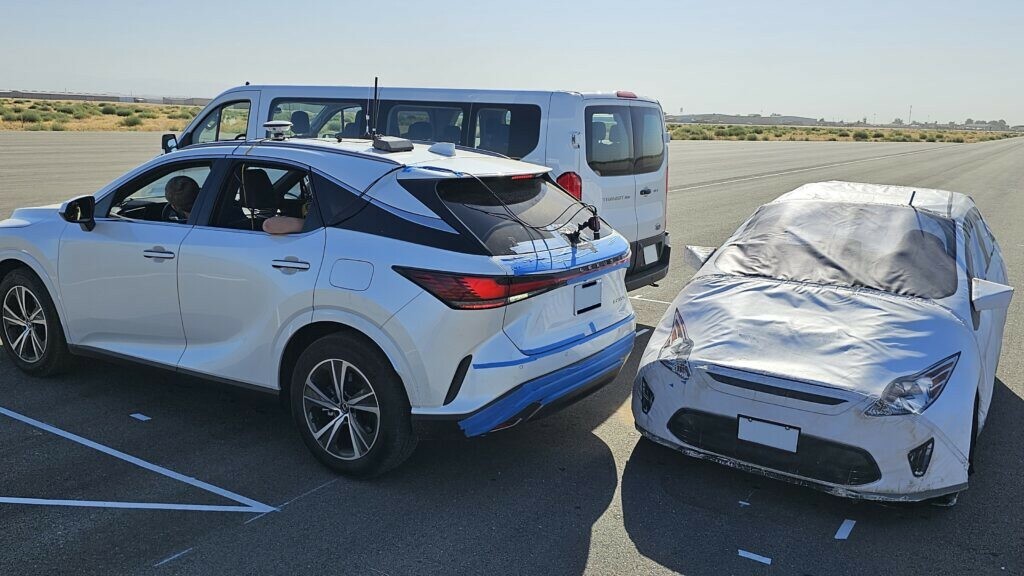A new study by AAA has found that automatic emergency braking systems don’t always activate and only prevent some collisions
6 hours ago
–>
Safety technology has come a long way in the past few decades, but it’s far from perfect. That’s being made clear once again following a series of tests by AAA.
The organization tested reverse automatic emergency braking systems in four popular crossovers, from the 2023 model year, to see how well they performed when “backing out of a parking space into the path of an oncoming vehicle with an adjacent parked vehicle blocking the view.” AAA also examined how they handled encountering a stationary child behind the vehicle.
The results were far from perfect as, in the first scenario, the brakes were only automatically applied in 65% of test runs. While that sounds encouraging, AAA noted the systems only “prevented a collision in 2.5% of test runs in the context of backing-up scenarios involving a subject vehicle crossing behind the test vehicle.”
advertisement scroll to continue

Thankfully, the systems were more adept at detecting the child. In this scenario, the brakes were automatically applied in 75% of the tests and they prevented a collision 50% of the time.
That’s a decent showing, but the tests should serve as a reminder that technology isn’t infallible and can’t prevent all accidents. AAA emphasized that by saying drivers shouldn’t rely entirely on reverse automatic emergency braking systems and should instead use them to “enhance their awareness.”
The organization also encouraged drivers to reverse slowly, when an object is obstructing their view, as this gives sensors more time to detect approaching vehicles. That’s good advice as it also helps to give other drivers a chance to react.
More: AAA Study Finds Driver Assistance Systems Lacking, Particularly Lane Keeping Assist
AAA’s director of automotive engineering, Greg Brannon, said “Drivers should not solely rely on these advanced driving systems to prevent collisions, but instead use them to enhance their awareness of their surroundings and support safe driving. Above all, vehicle testing requirements for these systems should be updated to be consistent, taking into consideration unusual objects and more realistic scenarios with the goal of achieving the greatest safety benefit to drivers, pedestrians and cyclists.”
The test group consisted entirely of crossovers, due to their popularity, and included a Hyundai Tucson Hybrid, Mazda CX-30, Lexus RX, and Volkswagen Tiguan.
[embedded content]
